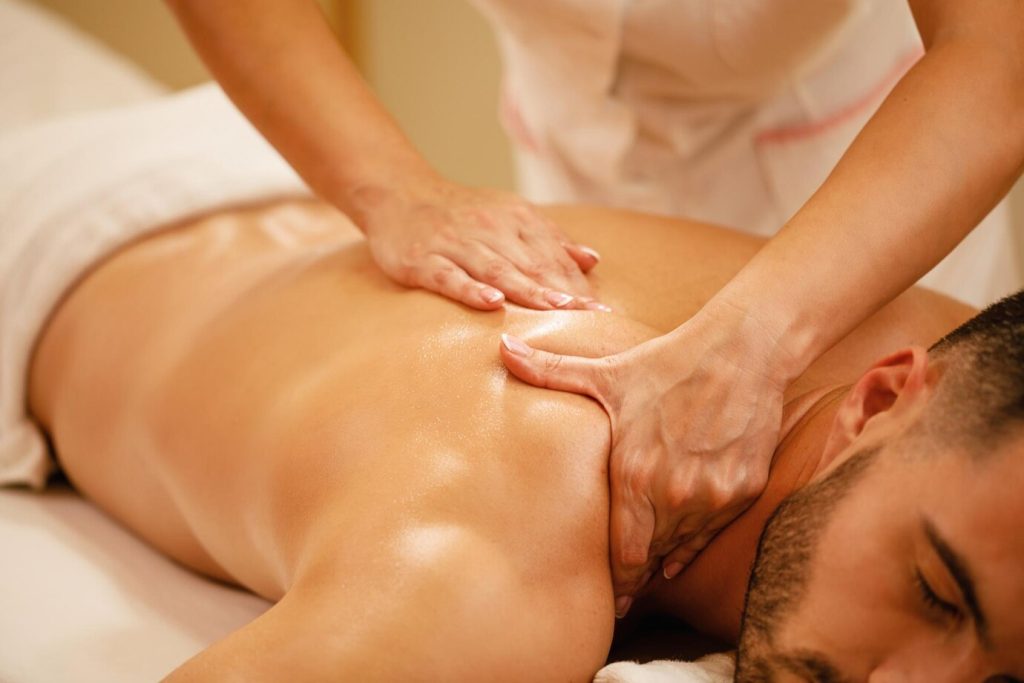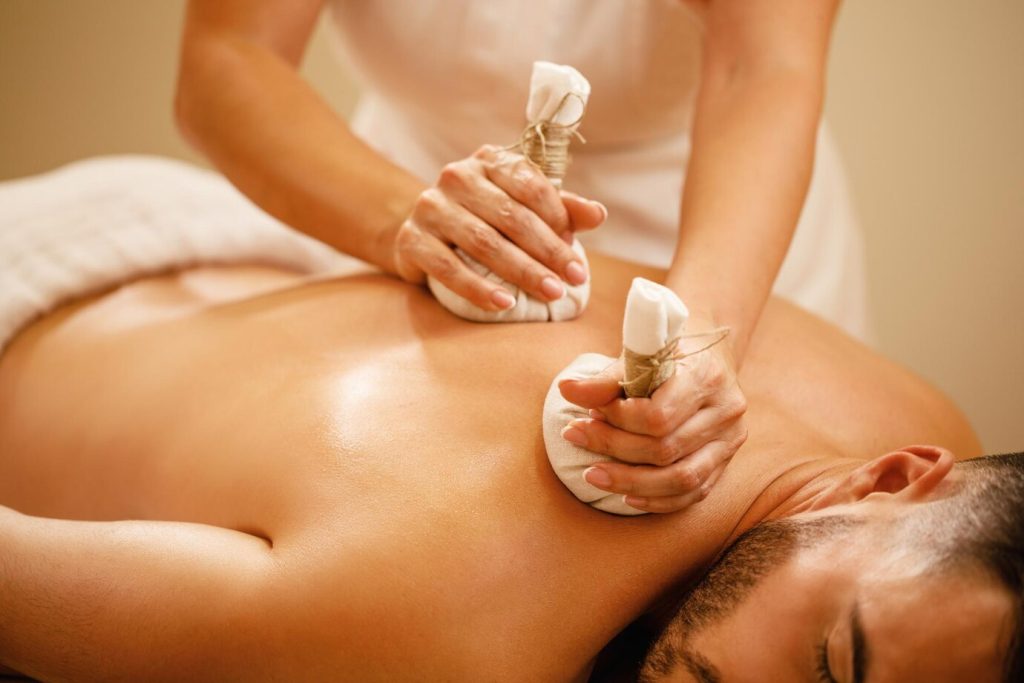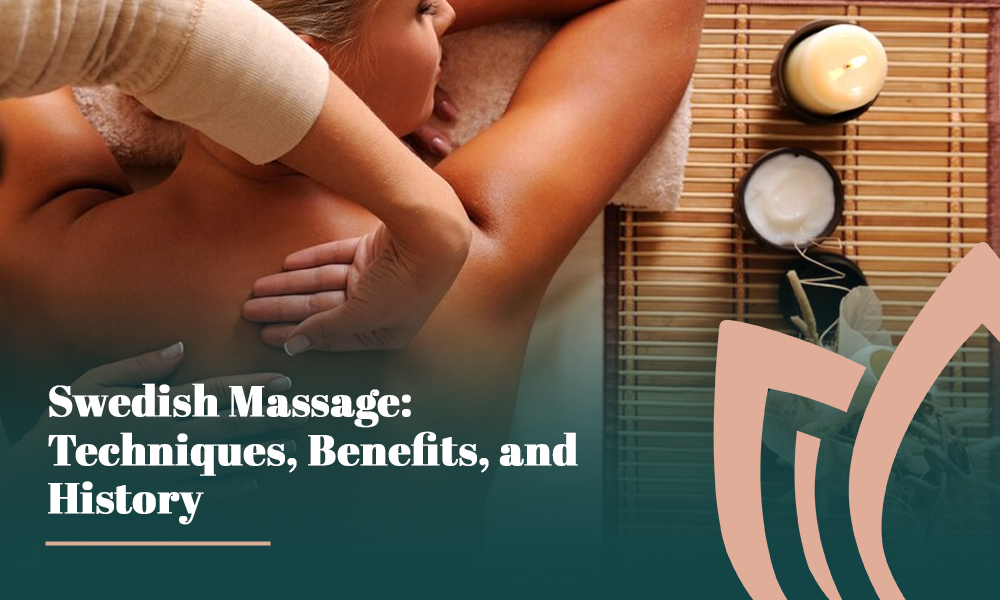In the fast-paced world we live in, Swedish Massage is crucial to finding moments of relaxation and rejuvenation. One effective way to achieve this balance is through the art of Swedish Massage. Originating in Sweden in the early 19th century, this massage technique has become a popular and widely practiced form of therapy around the world. In this article, we will delve into the world of Swedish massage, exploring its history, techniques, and the numerous benefits it offers to individuals seeking relaxation and stress relief.

The History of Swedish Massage
Swedish massage, often referred to as classic massage or relaxation massage, has a rich history that dates back to the early 19th century. It was developed by Pehr Henrik Ling, a Swedish fencing master and gymnast, who integrated his knowledge of anatomy and physiology into the practice of massage.
Ling’s work laid the foundation for Swedish massage, as he believed that the body and mind were interconnected and that physical manipulation of the body could lead to a sense of relaxation and well-being. He developed a series of movements and techniques, which are now known as the five basic strokes of Swedish massage: effleurage, petrissage, friction, tapotement, and vibration.
Key Techniques of Swedish Massage
1. Effleurage: Effleurage is the introductory stroke in Swedish massage. It involves long, sweeping movements with the palms of the hands, fingers, or thumbs, gliding over the body’s surface. This gentle and soothing motion helps to warm up the muscles and prepares the body for deeper pressure.
2. Petrissage: Petrissage is a kneading motion performed with the fingers and hands. The therapist uses their fingers to manipulate and knead the muscles, promoting relaxation, increasing blood flow, and releasing tension in the muscles.
3. Friction: Friction involves using the therapist’s fingertips or thumbs to apply deep, concentrated pressure to specific areas. This technique is excellent for addressing areas with muscle knots or adhesions, helping to break them down and relieve pain.
4. Tapotement: Tapotement is a rhythmic tapping or drumming motion that can invigorate the body. This technique includes various movements like tapping, hacking, and cupping. It is often used to stimulate and energize the muscles.
5. Vibration: Vibration involves rapid shaking or trembling movements applied to the body using the fingertips or the heel of the hand. This technique is used to relax the muscles, increase blood flow, and soothe the nervous system.
The Benefits of Swedish Massage
Swedish massage offers a wide range of benefits, both physical and psychological, making it a popular choice for individuals seeking relaxation and stress relief:

1. Relaxation: The gentle, flowing strokes of Swedish massage promote relaxation, reducing stress and anxiety. It helps the body and mind to unwind, providing a sense of calm and peace.
2. Improved Circulation: The various massage techniques in Swedish massage stimulate blood flow, which, in turn, increases the delivery of oxygen and nutrients to the body’s tissues. This enhanced circulation can help in the healing and rejuvenation of cells.
3. Pain Relief: Swedish massage can be effective in relieving muscle tension, reducing muscle pain, and alleviating discomfort caused by conditions such as fibromyalgia and arthritis.
4. Enhanced Flexibility: Regular Swedish massage can improve the range of motion in joints and help prevent muscle stiffness. This is particularly beneficial for athletes and those with active lifestyles.
5. Detoxification: The movements and pressure applied during a Swedish massage can help release toxins from the body’s tissues and stimulate the lymphatic system, aiding in removing waste and promoting overall well-being.
6. Stress Reduction: The calming nature of Swedish massage triggers the release of endorphins, the body’s natural mood enhancers. This can lead to reduced stress, anxiety, and symptoms of depression.
7. Improved Sleep: Many people find that after a Swedish massage, they enjoy better sleep quality. The relaxation induced by the massage helps individuals fall asleep faster and experience deeper, more restful sleep.
8. Enhanced Skin Health: The oils and lotions used during Swedish massage can nourish and hydrate the skin, leaving it soft and rejuvenated.
9. Improved Posture: Swedish massage helps relax tight muscles, which can contribute to better posture and reduce the risk of musculoskeletal issues.
10. Emotional Well-being: Beyond the physical benefits, Swedish massage provides a sense of emotional well-being, reducing the negative impacts of stress on the body and mind.

Conclusion
Swedish massage, with its rich history, array of techniques, and myriad benefits, is a valuable tool for relaxation and stress relief. Whether you’re seeking to alleviate muscle tension, promote circulation, or simply unwind from the demands of daily life, Swedish massage offers a holistic approach to well-being. The combination of gentle strokes, kneading, and rhythmic movements provides not only physical relaxation but also emotional and mental rejuvenation. To experience the soothing effects of Swedish massage is to experience a retreat from the hustle and bustle of modern life, where the body and mind can find peace and balance. So, the next time you’re feeling the weight of the world on your shoulders, consider treating yourself to a Swedish massage to experience its incredible benefits firsthand.
Q1: What is Swedish Massage?
A1: Swedish Massage is a popular and widely practiced form of massage therapy that involves a combination of five fundamental strokes: effleurage, petrissage, friction, tapotement, and vibration. It is known for its ability to promote relaxation and alleviate muscle tension.
Q2: What are the primary techniques used in Swedish Massage?
A2: The main techniques in Swedish Massage include effleurage (long, gliding strokes), petrissage (kneading), friction (deep pressure and rubbing), tapotement (rhythmic tapping), and vibration (rapid shaking or trembling movements).
Q3: What are the benefits of Swedish Massage?
A3: Swedish Massage offers numerous benefits, including relaxation, improved circulation, pain relief, enhanced flexibility, detoxification, stress reduction, better sleep, improved skin health, enhanced posture, and emotional well-being.






